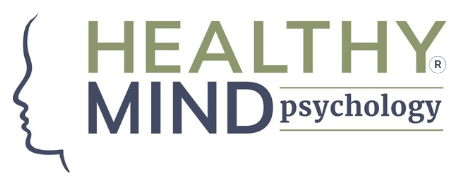Autism and ADHD, while distinct neurological conditions, frequently co-occur, leading to a blend of shared and unique challenges. While both conditions manifest in childhood, they present diverse sets of symptoms and impacts.
Autism Spectrum Disorder (ASD)
Autism, known formally as Autism Spectrum Disorder, is characterized by difficulties in forming and maintaining social relationships. Key challenges include navigating back-and-forth communication, understanding others’ perspectives, and interpreting non-verbal cues like facial expressions and gestures. Individuals with ASD often have focused interests or activities and desire predictable routines. Sensory dysregulation is also common, making certain environments overwhelming or, conversely, too understimulating.
Attention Deficit Hyperactivity Disorder (ADHD)
ADHD, on the other hand, involves difficulties with brain and body stimulation regulation, manifesting as hyperactivity, impulsivity, or inattention. This condition is often misunderstood; it’s not just about physical restlessness but also about the need for increased brain stimulation. Stimulant medication can paradoxically help by elevating the brain’s natural stimulation levels, reducing the need for external behaviors to fulfill this requirement.
Beyond Cognitive Limits: A Spectrum of Strengths and Weaknesses
Importantly, neither ASD nor ADHD inherently limits intellectual or cognitive abilities. Rather, they encompass a range of cognitive strengths and weaknesses. Academic or work performance challenges are often more related to the conditions’ other aspects than to cognitive ability.
The Impact of Society and Misdiagnosis
The co-occurrence of neurodivergent conditions with mental health issues like anxiety and depression is high. However, these are often not symptoms of the disorders themselves but consequences of societal attitudes, misunderstanding, or misdiagnosis. Autism and ADHD require specialist assessment, which can be costly and often comes with long waiting lists, leading to misdiagnoses and the masking of the primary neurodivergent condition.
The Challenge of Masking
Particularly in women, non-traditional symptoms and the tendency to internalize or mask struggles can lead to late diagnoses. These individuals often navigate life feeling different without understanding why, accumulating negative self-beliefs and coping strategies that may be more harmful than helpful.
The Journey to Diagnosis and Self-Understanding
For many, the path to a neurodivergent diagnosis is transformative. It allows for a re-evaluation of past experiences and self-identity, fostering a more compassionate and positive understanding of oneself. Diagnosis can open doors to tailored support, connection with others who share similar experiences, and strategies that align with their unique neurodiverse characteristics.
Celebrating Neurodiversity: A Shift in Societal Perception
Fortunately, the stigma around neurodiversity is diminishing as acceptance and celebration of these unique perspectives increase. Embracing neurodiversity means recognizing and valuing the novel ways individuals engage with the world. Diversity enriches our society, and acknowledging the strengths in these differences is crucial for collective growth and thriving.
In conclusion, understanding the nuances of Autism and ADHD is vital in appreciating the neurodiverse spectrum. Recognizing, diagnosing, and supporting these conditions appropriately can unleash potential and foster a more inclusive, empathetic society.
To get more information on our ADHD service please click here.

